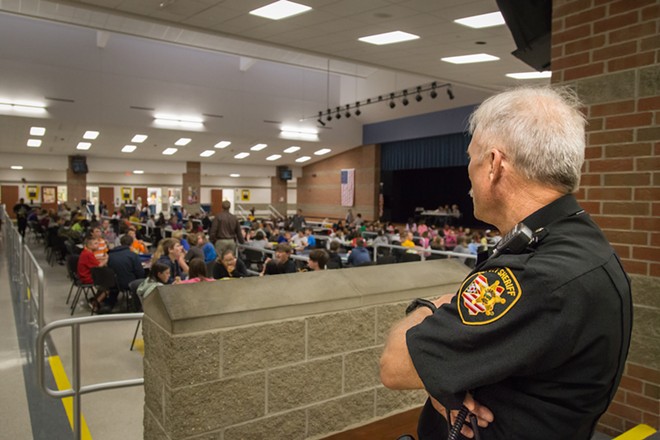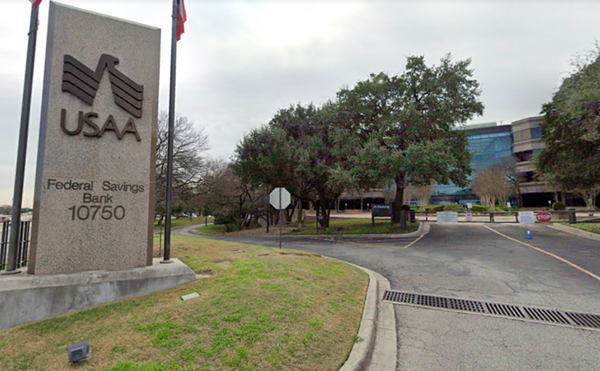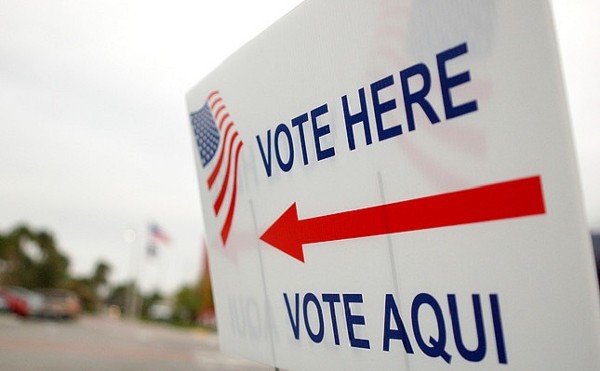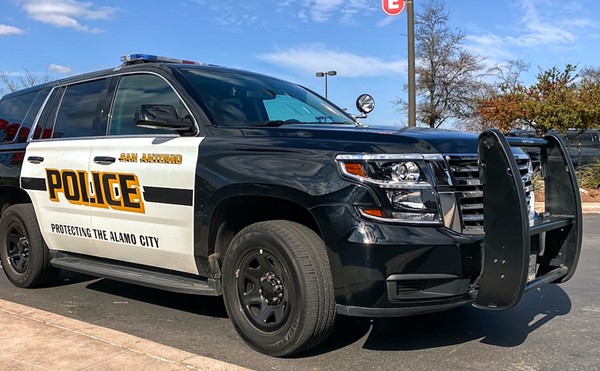
Texas had the nation's second-highest number of assaults last year at 39, while Florida led the nation at 53, according to the analysis, which was released Thursday by watchdog groups the Advancement Project and Alliance for Educational Justice.
The report looks at assaults by police and security guards directed at students on K - 12 campuses from the 2013-2014 academic year through last academic year. A total of 460 school-policing assaults occurred over that time.
The study's authors found that students of color were disproportionately at the receiving end of the violence. Black students made up 84% of school policing assault victims, while 56% of assaults occurred in schools with a majority Black and Latinx student population.
"The alarming spike in assaults against students by school police and security guards underscores the troubling reality that our schools are not safe, equitable or nurturing environments for students, particularly for Black and disabled youth,” said study co-author Tyler Whittenberg, deputy director of the Advancement Project's Opportunity to Learn Program. "School policing does not prevent violence, it is a harbinger of it."
The study also found a statistically significant relationship between past instances — 1882 through 1936 — of lynchings within a county and its number of school policing assaults during the 10 years studied. For every additional 100 lynchings in a county, an additional four students were assaulted by school law-enforcement personnel.
The correlation suggests that "though the practice of lynching has faded away, its underlying sentiment persists," according to the authors.
Although the two most common types of assaults recorded by the study where physical assaults and assaults with weapons, a quarter of those recorded were sexual assaults, largely directed at girls and young women.
Increases in school shootings such as the massacre at Uvalde's Robb Elementary School continue to prompt lawmakers to call for more armed police on campuses, the study points out.
However, having officers on campus fails to prevent gun-related incidents while increasing arrests and law-enforcement referrals for students, according to research by Brown University's Annenberg Institute cited in the study. Black students and those with disabilities were disproportionately swept up in those arrests and referrals.
What's more, research published by medical journal JAMA Network Open on 133 school shootings found “no association between having an armed officer and deterrence of violence,” according to the recent study's authors.
The report by the Advancement Project and Alliance for Educational Justice recommends the adoption of education policies that promote compassion for students and listen to them rather than using armed personnel to control them.
The study also recommends that resources be made available for young people directly affected by the school-to-prison pipeline and police brutality.
Subscribe to SA Current newsletters.
Follow us: Apple News | Google News | NewsBreak | Reddit | Instagram | Facebook | Twitter| Or sign up for our RSS Feed



















